
Israeli forces fight to drive out Hamas militants and free hostages
Troops still trying to clear areas seized by Hamas, as dozens of Israeli hostages still missing.
2023-10-08 17:44

Taylor Swift is channeling her Reputation era in stunning black dress at 2023 MTV VMAs
Taylor Swift showed up for the 2023 MTV VMAs decked out in a stunning black gown with a thigh-high slit. On Tuesday 12 September, Swift, who is nominated for multiple awards, arrived on the pink carpet at the Prudential Center in Newark, New Jersey, for the awards ceremony. For the occasion, she opted for a black, floor-length Versace dress with ruching and gold button details. She paired the look with multiple necklaces and a low updo. Fans were excited by Swift’s all-black ensemble, saying that it was Reputation inspired. One fan wrote on X, formerly known as Twitter: “DJ please play dress by Taylor Swift (Reputation Taylor‘s version).” Someone else commented: “NO THOUGHTS JUST TAYLOR SWIFT IN A BLACK DRESS WITH A SLIT.” Tonight, the pop star is leading the 2023 VMA nominations with 11 noms, including three in social categories. Swift is up for Artist of the Year, Video of the Year for “Anti-Hero,” Song of the Year for “Anti-Hero,” Best Pop for “Anti-Hero,” Best Direction for “Anti-Hero,” Best Cinematography for “Anti-Hero,” Best Editing for “Anti-Hero,” and Best Visual Effects for “Anti-Hero.” At the 2022 VMAs, Taylor Swift showed up dripping in diamonds. That night, she notably took home the most awards at the VMAs. She won the Video of the Year, Best Long-Form Video, and Best Direction for “All Too Well (10 Minute Version) (Taylor’s Version).” Swift also made history that night as the first artist to win Video of the Year three times, a huge record to hold. Her other winning videos include “Bad Blood” and “You Need to Calm Down”. Read More 2023 MTV VMAs: The best-dressed stars on the red carpet, from Olivia Rodrigo to Doja Cat Taylor Swift and Ice Spice react with shock to NSYNC reunion at 2023 MTV VMAs Lance Bass gifts Taylor Swift friendship bracelets while presenting her award at VMAs: ‘Cutest thing ever’ Lance Bass gifts Taylor Swift friendship bracelets at VMAs: ‘Cutest thing ever’ Olivia Rodrigo shuts down rumours that she’s feuding with Taylor Swift Cardi B wears dress made entirely of hair clips on 2023 VMAs red carpet
2023-09-13 09:43
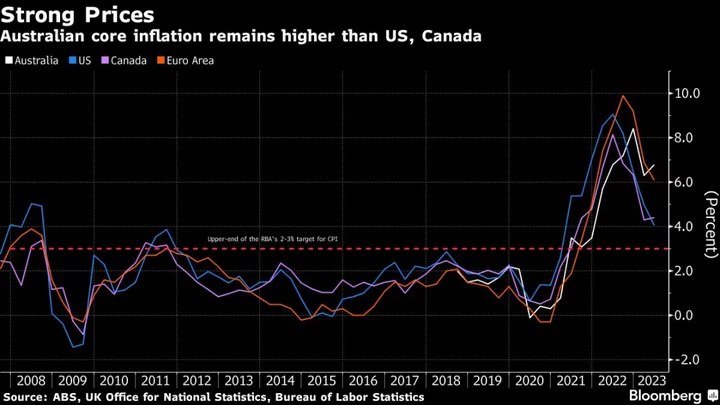
Australian PM Says Lowe, Others Being Discussed for RBA Governor
Australian Prime Minister Anthony Albanese is considering several candidates for Reserve Bank governor, including extending the term of
2023-07-05 13:58
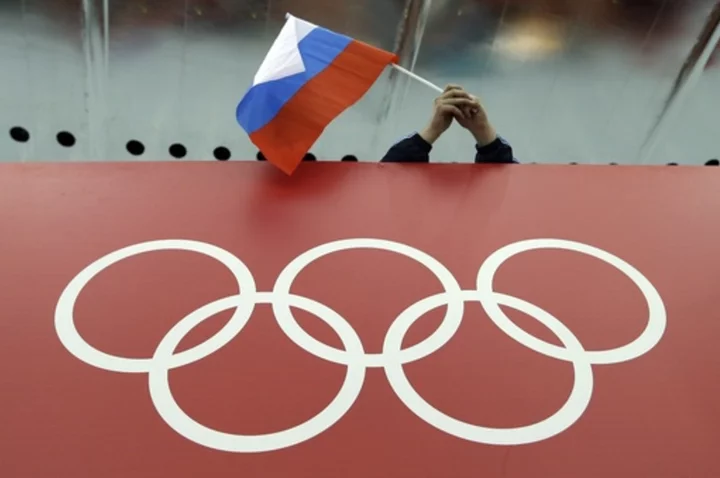
Russian athletes can qualify for Olympic spots in an increasing number of sports with a year to go
Officials from many of the sports on the Olympic program are still split on how to treat Russian athletes one year before the Paris Games and nearly a year-and-a-half since the country's invasion of Ukraine
2023-07-24 16:00

US Airfares Seen Bottoming as Overseas Ticket Prices Stay High
Lower domestic airfares that travelers have enjoyed this summer will start to disappear after mid-September, with a new
2023-08-08 23:50

Griffis throws for 2 TDs as Wake Forest beats Vanderbilt 36-20 in game delayed two hours
Mitch Griffis threw for 196 yards and two touchdowns, Brendon Harris returned a fumble 31 yards for a touchdown against his former team, and Wake Forest held off Vanderbilt 36-20 on Saturday in a game delayed two hours by lightning
2023-09-10 06:10

InCyber Forum North America, October 25-26, 2024 - Montreal Convention Center
PARIS--(BUSINESS WIRE)--Oct 12, 2023--
2023-10-13 03:26

Tristan Tate predicts Elon Musk's win against Mark Zuckerberg in cage fight during epic Tucker Carlson interview: 'For me it's Good vs Evil'
Tristan Tate said, 'But five hours a day for six months. That's what I would prescribe to guarantee his victory'
2023-08-07 15:59

Dollar firm but softens against yen ahead of FOMC
By Brigid Riley TOKYO The dollar remained firm on Wednesday but softened slightly against the yen ahead of
2023-09-20 08:47

4Refuel Announces Rebrand to Reflect Agnostic Fuel and Alternative Energy Distribution Solutions
MILTON, Ontario--(BUSINESS WIRE)--Aug 11, 2023--
2023-08-11 22:58
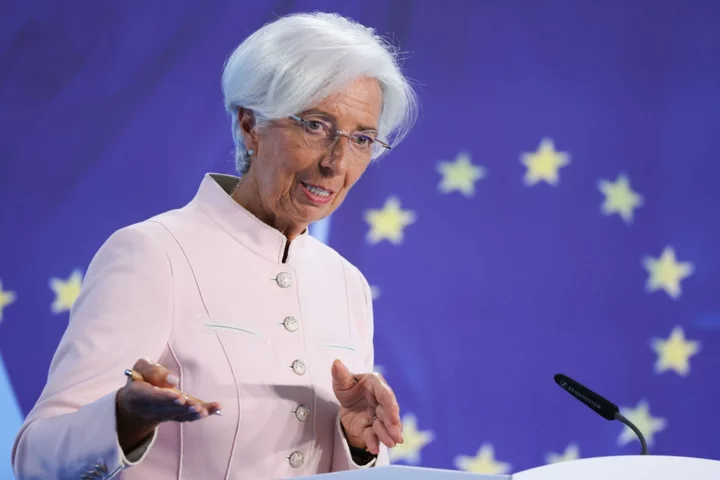
ECB Should Be Ready to Hike Again, Officials Agreed Last Month
European Central Bank officials agreed they should raise borrowing costs again if needed despite deciding against such a
2023-11-23 20:52
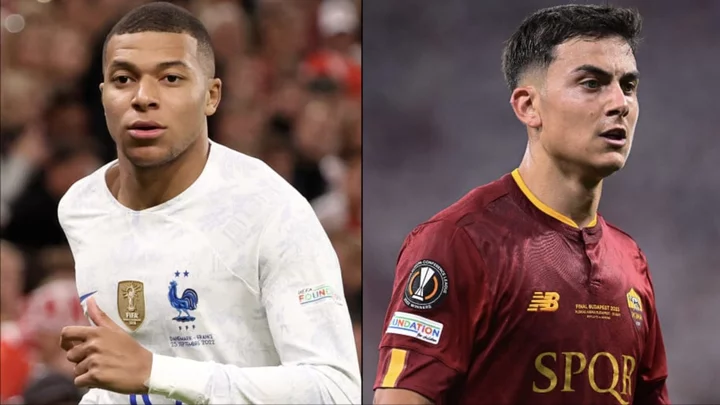
Football transfer rumours: Real Madrid ready Mbappe bid; Chelsea open Dybala talks
Thursday's football transfer rumours include updates on Kylian Mbappe, Paulo Dybala, Harry Kane, Romeo Lavia & more.
2023-07-06 16:05
You Might Like...

Valorant Knight's Market Buddy: How to Get for Free

Starmer Vows to Boost UK Steelmaking as He Makes Pitch for Power
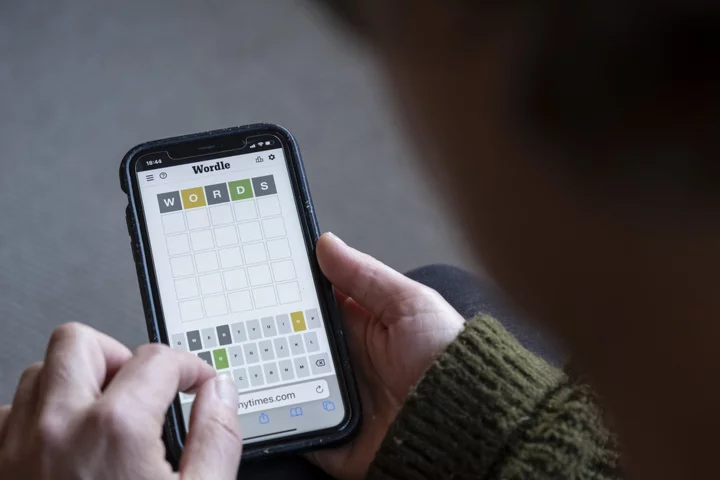
Wordle today: Here's the answer and hints for August 29

PSV Champions League run gives fillip to 'Philips Town' Eindhoven
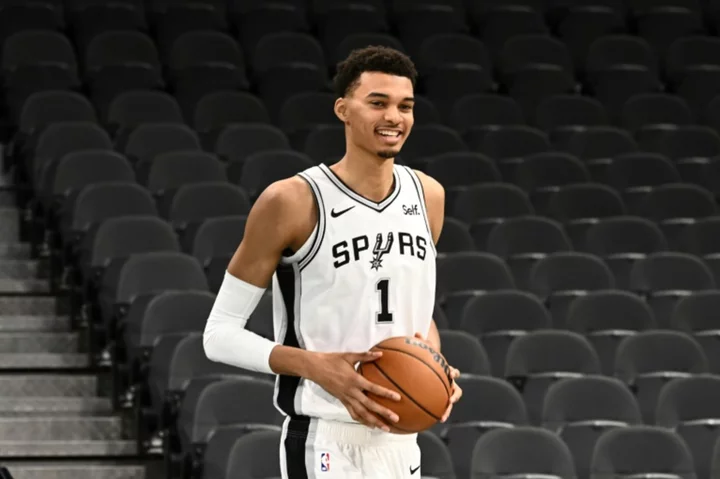
Wembanyama poised to make NBA Summer League debut in Las Vegas

UK unemployment climbs as wages grow at record rate

Jim Jordan, the face of key GOP investigations, seeks the speaker's gavel

Porsche-backed Sensigo deploys AI tools to smooth vehicle repairs
